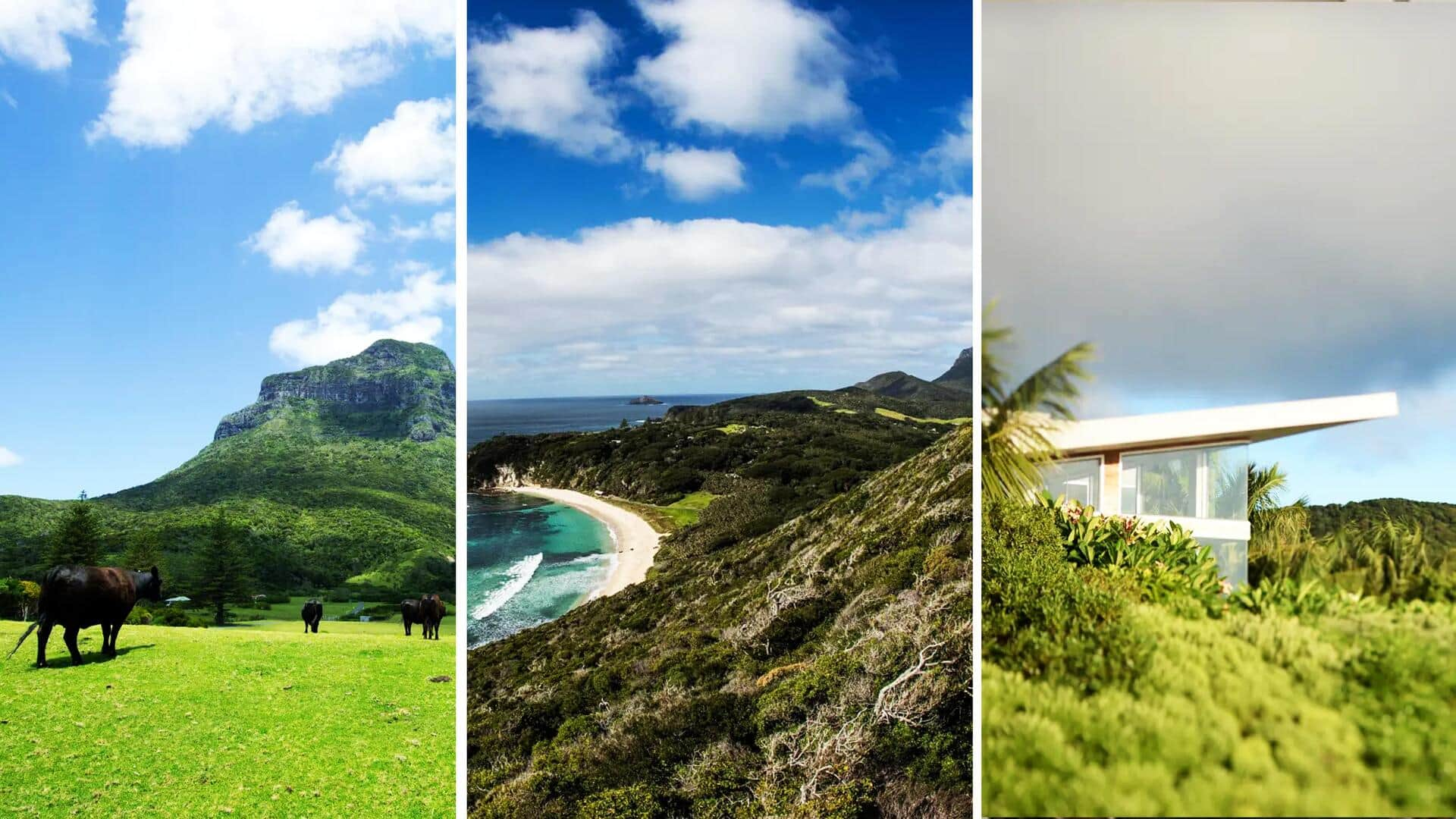Lord Howe Island, a picturesque destination situated 599 km off mainland Australia 's east coast, has been implementing a unique conservation strategy for the past four decades. The island restricts its tourist influx to only 400 visitors at any given time, aiming to safeguard its distinctive ecosystem and maintain the quality of life for its nearly 380 inhabitants. Anthony Riddle, a sixth-generation islander and businessman, told CNN that preserving this uniqueness sets them apart in the world.
The journey from tourist hotspot to conservation haven Lord Howe Island first gained popularity as a tourist destination in 1947. However, by the late 1970s, the island's residents recognized the need to protect their unique ecosystem. This led to Lord Howe Island being designated as a UNESCO World Heritage site in 1982.

The decision to limit tourism has been instrumental in preserving the island's natural beauty and biodiversity. Preserving biodiversity amidst climate change threats Today, Lord Howe Island is home to a plethora of rare plants and animals found nowhere else in the world. According to Lord Howe Environmental Tours, over 85% of the island is covered in native forest and approximately 70% has been designated as a Permanent Park Preserve, prohibiting any development.
Despite these conservation efforts and the commitment of locals and tourists alike, climate change poses significant threats to the island's natural beauty with coral bleaching killing off reefs and rainfores.
















